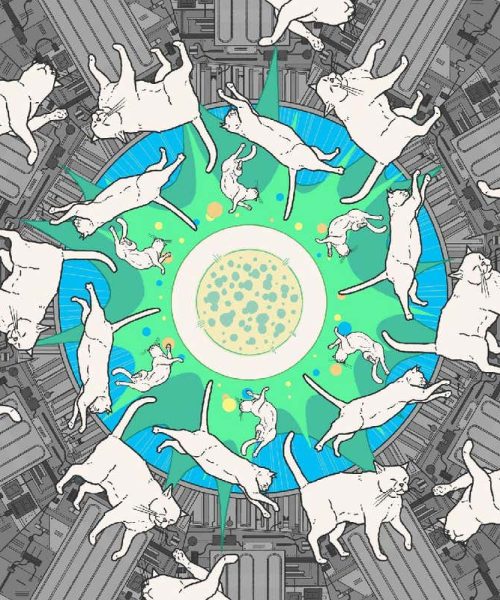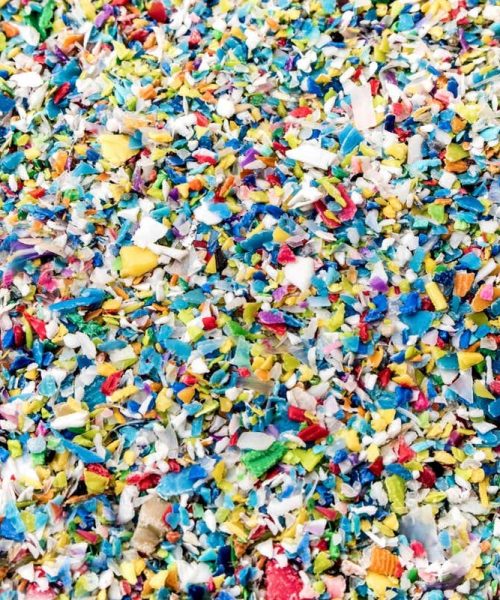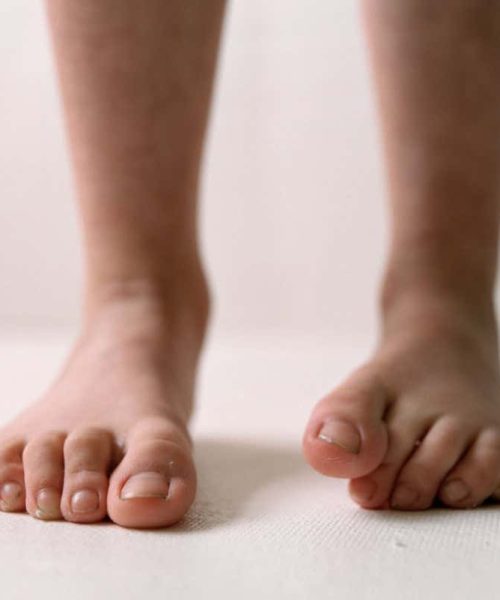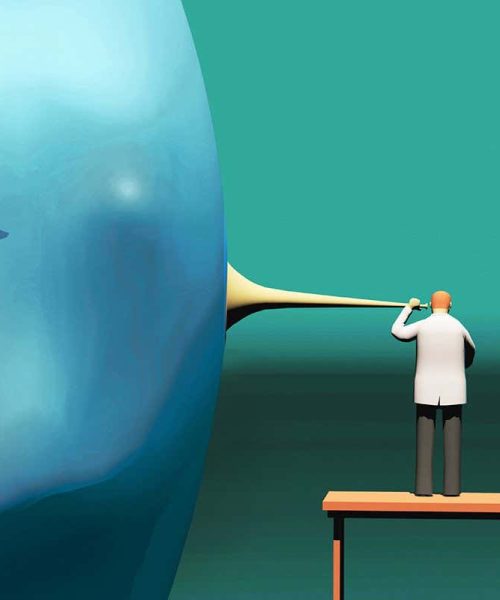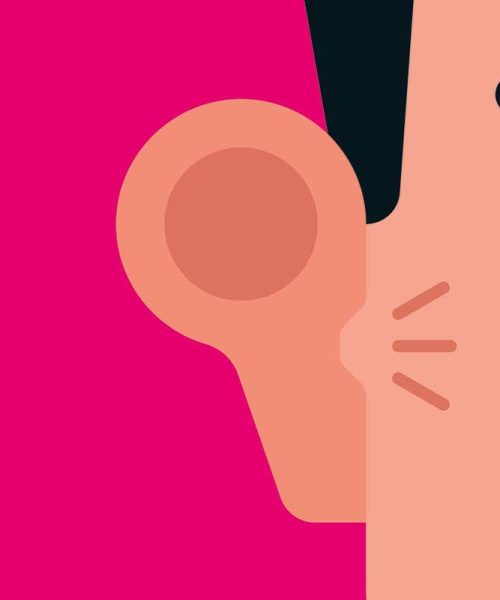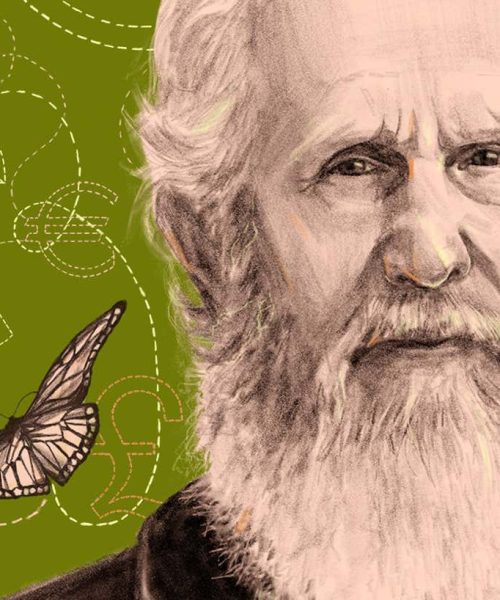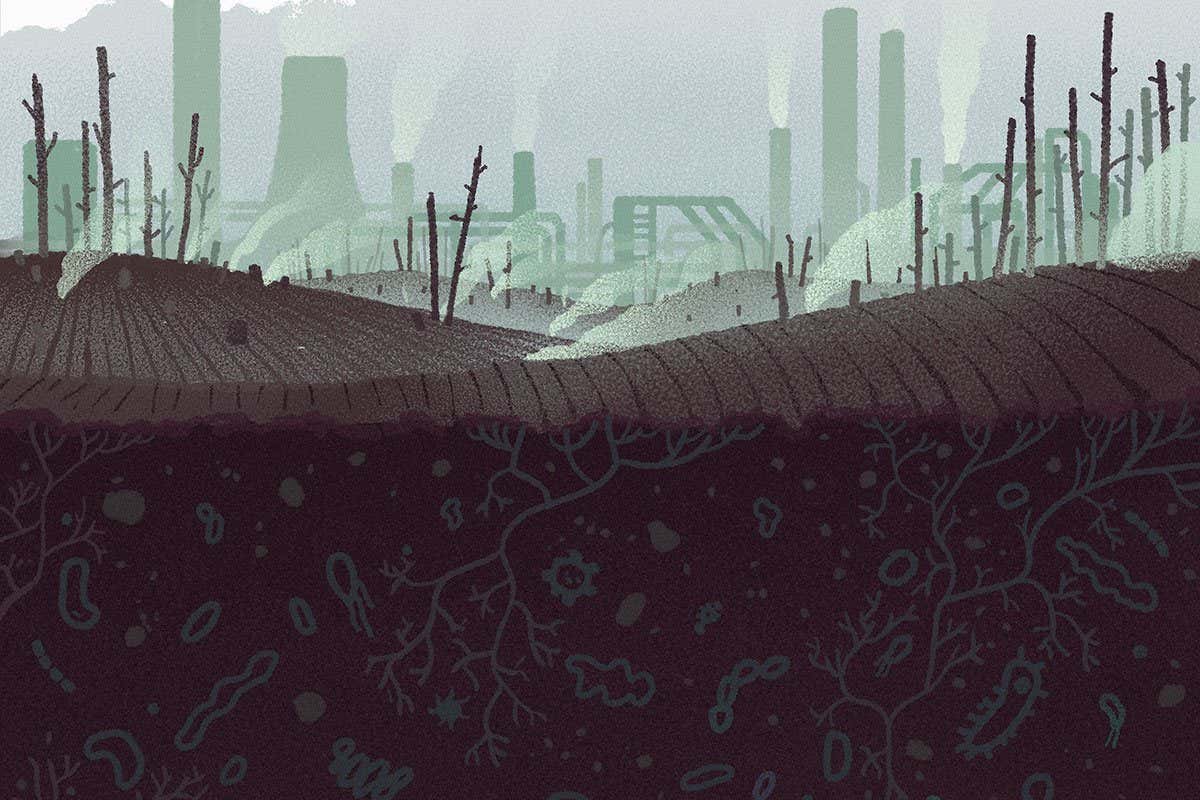
Marcin Wolski
SCOOP up a handful of soil and you hold an entire ecosystem in the palm of your hand. That precious clod might not be much to look at with the naked eye, but it is teeming with life. A gram of soil contains around a billion single-celled organisms, including tens of thousands of different species, and if you could tease out the fungal strands, they would stretch for hundreds of kilometres. These are indispensable to life on Earth, including you and me. If they all died, we would soon follow.
They are dying.
For a long time, bacteria, fungi and other microbes were thought to be impervious to the agents of extinction wreaking havoc on larger organisms. They are so abundant and reproduce so quickly, the thinking went, that they couldn’t possibly be threatened. In recent years, however, microbiologists have come to question this assumption – and now they are sounding the alarm that microbe populations are in decline, possibly precipitously.
“We’re starting to see scary signals that there may be this large microbial extinction event under way that we barely noticed,” says Colin Averill, an ecologist at ETH Zurich in Switzerland.
When we think of biodiversity decline, we usually sweat the big stuff: plants, fish, reptiles, birds and mammals. But these are just the tip of the iceberg. All told, there are perhaps 7.7 million species of animal, around 80 per cent of which are insects and other arthropods, including arachnids and crustaceans. But there are at least 6 million species of terrestrial fungus and up to a trillion species of bacterium and archaeon, collectively known as prokaryotes. On …
